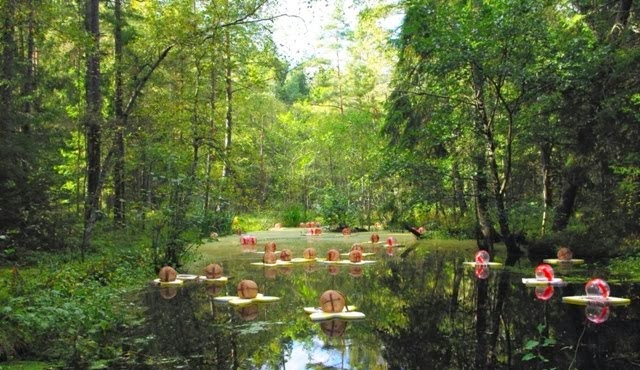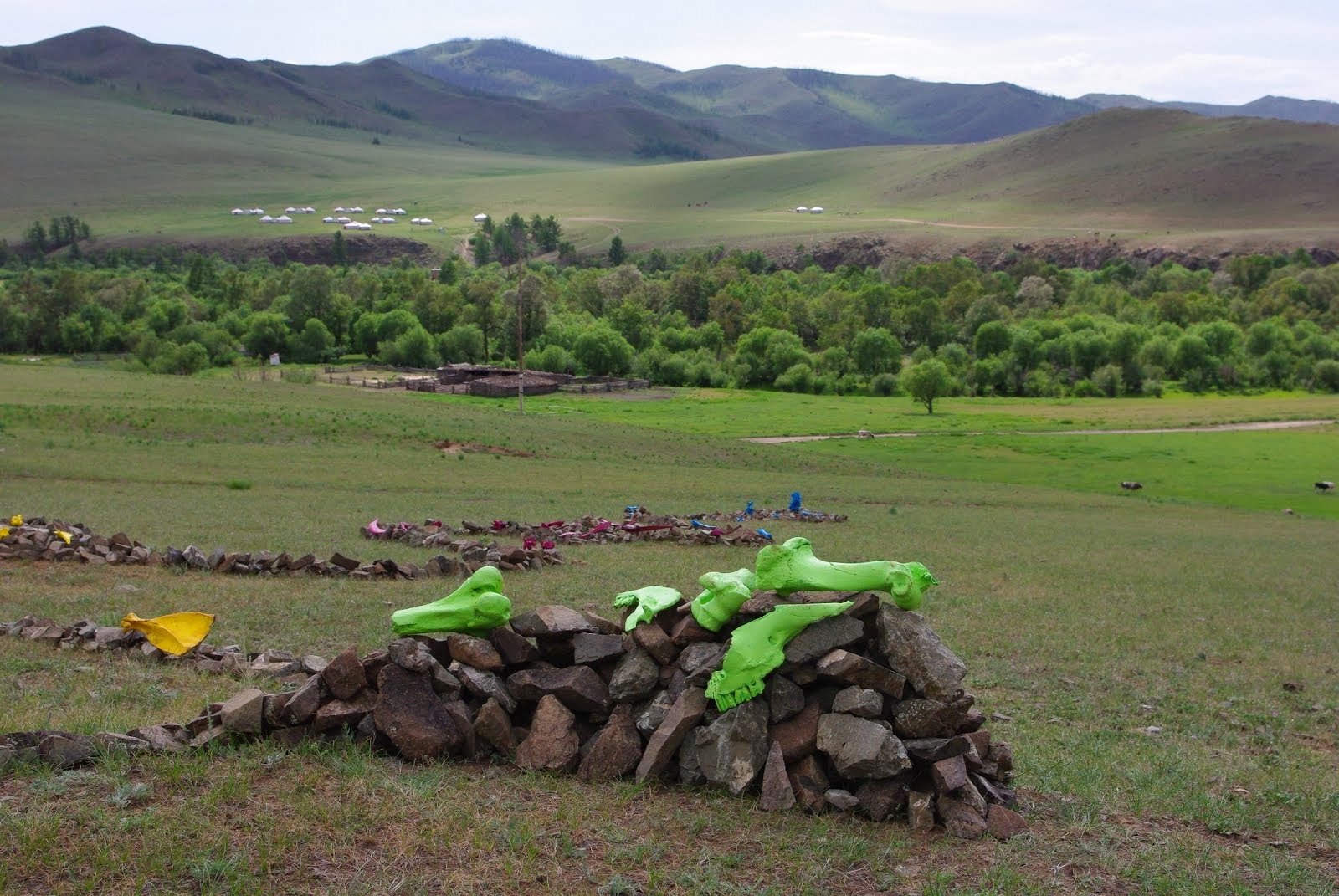

Golgulsa tempel southern parts and Seoul, hedcapital
Travel 2008
South Korea is a country where old religious (Buddhist, Christian and shamanistic) lifestyle exist parallel with a materialistic modern (atheistic) living, a life were high technological standard occupies a lot attention both in public spaces and in private spaces. However this contradiction in social behavior, religious believes seems to get along in a country with a large number of people (50 million), on a size comparable with the size of a country like New Zealand. It is easy to travel in this country; people seem to move in their own country a lot. Busses and trains are very comfortable and not too expensive. However almost no one speaks English outside Seoul, which makes it a bit difficult to find your way. Signs and timetables are all written in korean and almost no foreigner tourists are traveling in this country. But people are friendly and willing to help you in finding your way almost every were you go -


Dried Cilli at a market in Gangneung and Arahat saint at KiRimSa tempel
- but what I found most challenging was to know what to choose eating at a restaurant! Traditional food in south korea is very different from anything I had experiences before and you cannot really guess what a plate of food is made of here! And even if you do pick up something of what people eat in korea, food seems to vary a lot from region to region. So as a traveler for the first time in this country, you have to get used to the habit of not knowing what you get when you order some food - but do not worry, kitchens are clean and food always well prepared.
Even thought this country has a large population and very large cities, this country offers a lot of national parks, with many opportunities for hiking and camping. The Buddhist lifestyle with large temples and pilgrim visitors is often situated in national parks and its surroundings.
- but what I found most challenging was to know what to choose eating at a restaurant! Traditional food in south korea is very different from anything I had experiences before and you cannot really guess what a plate of food is made of here! And even if you do pick up something of what people eat in korea, food seems to vary a lot from region to region. So as a traveler for the first time in this country, you have to get used to the habit of not knowing what you get when you order some food - but do not worry, kitchens are clean and food always well prepared.
Even thought this country has a large population and very large cities, this country offers a lot of national parks, with many opportunities for hiking and camping. The Buddhist lifestyle with large temples and pilgrim visitors is often situated in national parks and its surroundings.
Golgulsa temepl and Lotusgarden in Gyeongju
Myself I chose to make a “tempelstay” during my travel. There is only a few (3-5) Temples were translation to english are being held for visitor at a stay. In a “tempelstay” you commit yourself to monastery life in a Buddhist religious framework of ceremonies, prayers, rites and rules. Priests at this temples and monasteries do expect your attendance on all their activities. Without anyone explaining for you how to attend in this activities, I think it would be quite difficult to make a “tempelstay”, so my advice for a foreigner, is to chose a “tempelstay” were translation to English are being held. I chose to make a “tempelstay” at Golgulsa close to Gyeongju. This is a small scale temple practicing a Zen Buddhist marshal art training as part of their way to attain enlightenment. Besides three hours marshal art training a day, you attained in Zen meditations, walking meditations, buddhist prayers and some working at the temple. The Zen practice (marshal art) is called Sunmudo.


Inkbrushes in stores and in the shape of a sculpture - Seoul


Inkbrushes in stores and in the shape of a sculpture - Seoul
What made me choose to go to South Korea were some personal encounters with ink paintings, films produced in south Korea and Geumgang International Biennale in Art in Nature, were I attended with a proposal at 2006. This made me curious of this country and their citizens and their relation between religious acts, art and nature.






